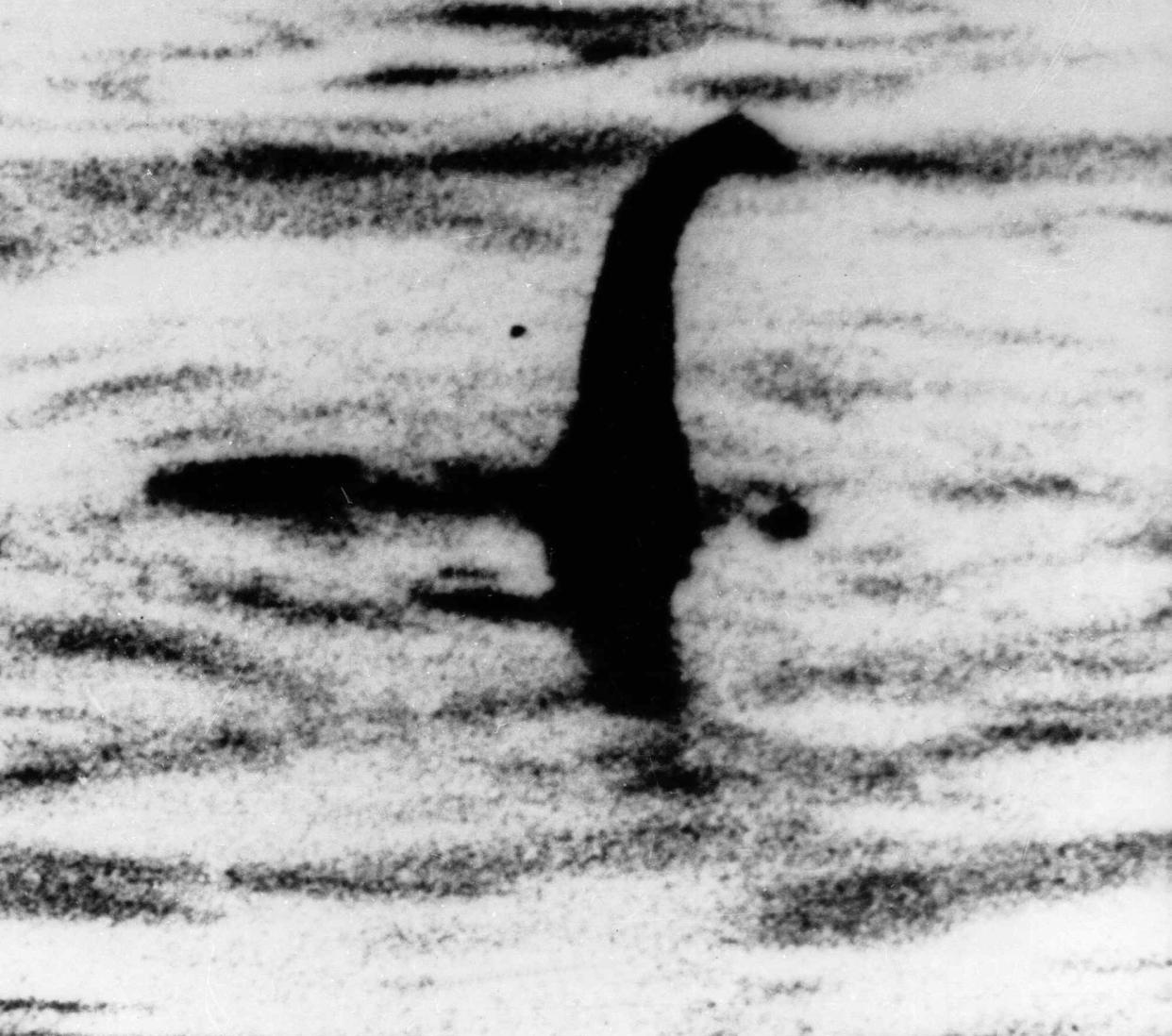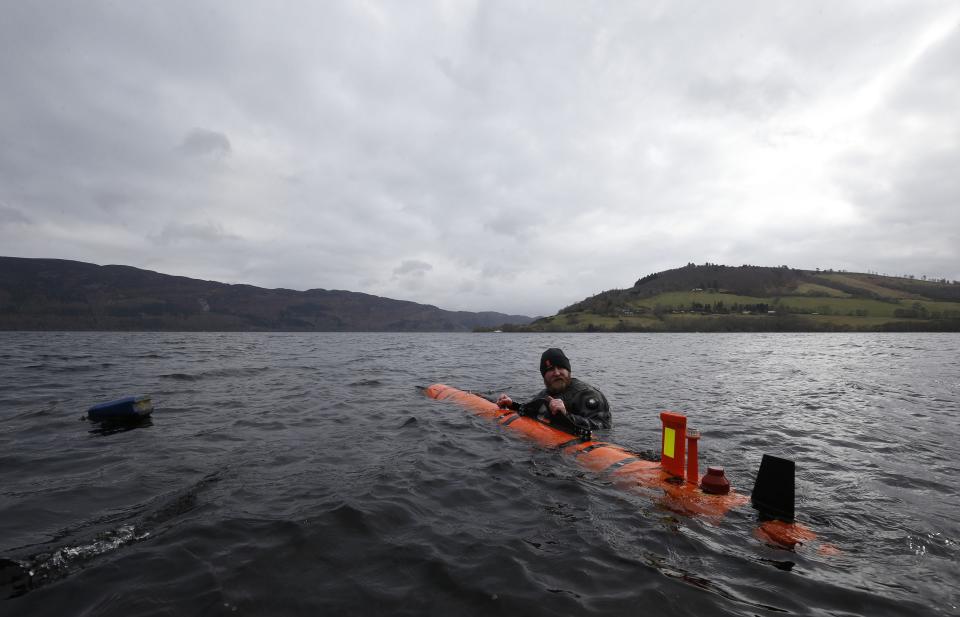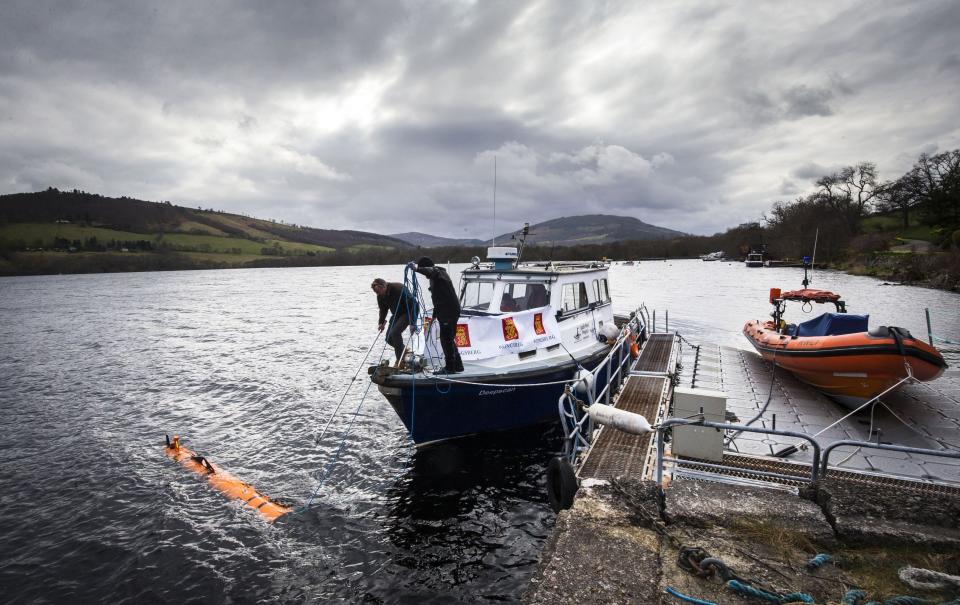Loch Ness monster might be a 'giant eel', new theory reveals

It has been labelled everything from a reptile to a dinosaur.
But it turns out the Loch Ness monster might, in fact, just be a giant eel, according to an eye-catching new study.
University of Otago geneticist, Professor Neil Gemmell, says his is the “only plausible theory” to explain the mysterious sightings of the creature over the years.
He adds that there is no “definitive evidence” of a monster, nor proof of a giant reptile in the famous Scottish lake.
Gemmell made his findings after analysing 250 samples of water taken from Loch Ness.


DNA from each sample was captured, extracted and sequenced then compared against global databases to reveal a comprehensive picture of life present in the Loch.
“Most species are so small you can barely see them but there are a few that are larger and of course the question we're all asking is - is there anything big enough to explain the sorts of observations people have made over the years that have led to this myth or this legend of a monster or creature in Loch Ness?” asked Professor Gemmell.
He told reporters: “We found large amounts of eel DNA in the Loch Ness.
"Every single site we went to had eels. The sheer volume was a bit of a surprise.
"Is it possible there’s a giant eel? Maybe. We don’t know if the DNA is gigantic or just many small eels.
"They normally grow to four to six metres in length, and people say they’re observing something much larger than that.
"Is it a giant eel? I don’t know but it’s something we could plausibly test.”
The findings will disappoint those who are desperate for “Nessie” to exist.
The monster was first "spotted" back in 565 – a biography of Irish monk Saint Columba mentions a giant "water beast" dragging a man to his death in the Loch.
However, wider interest in the monster was not sparked until 1933 after a road was built along the loch, making it far less isolated.
The following year saw the publication of the infamous "surgeon’s photograph".
In 1975 the famous shot was exposed as a hoax, made using a toy submarine with a carved monster’s head.



